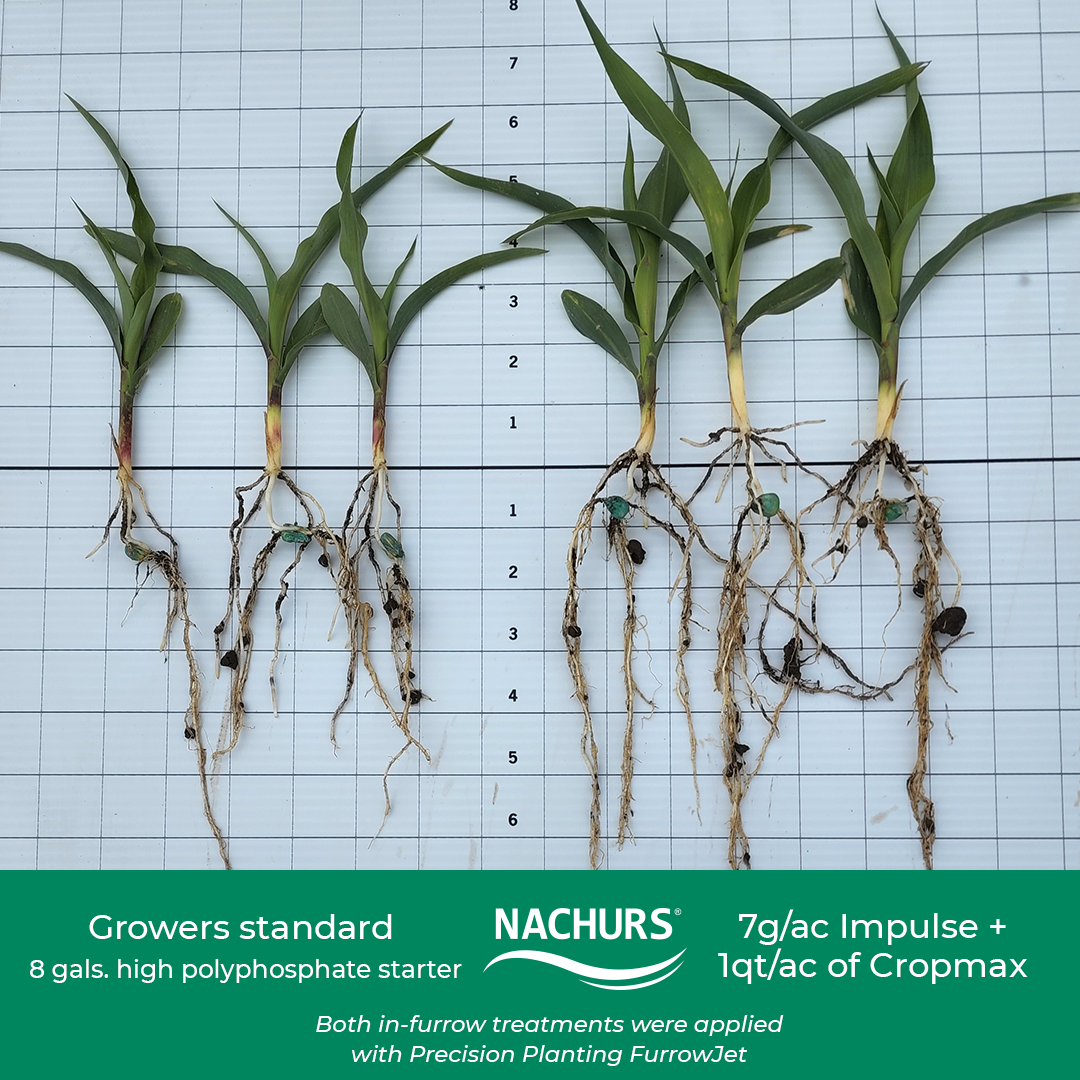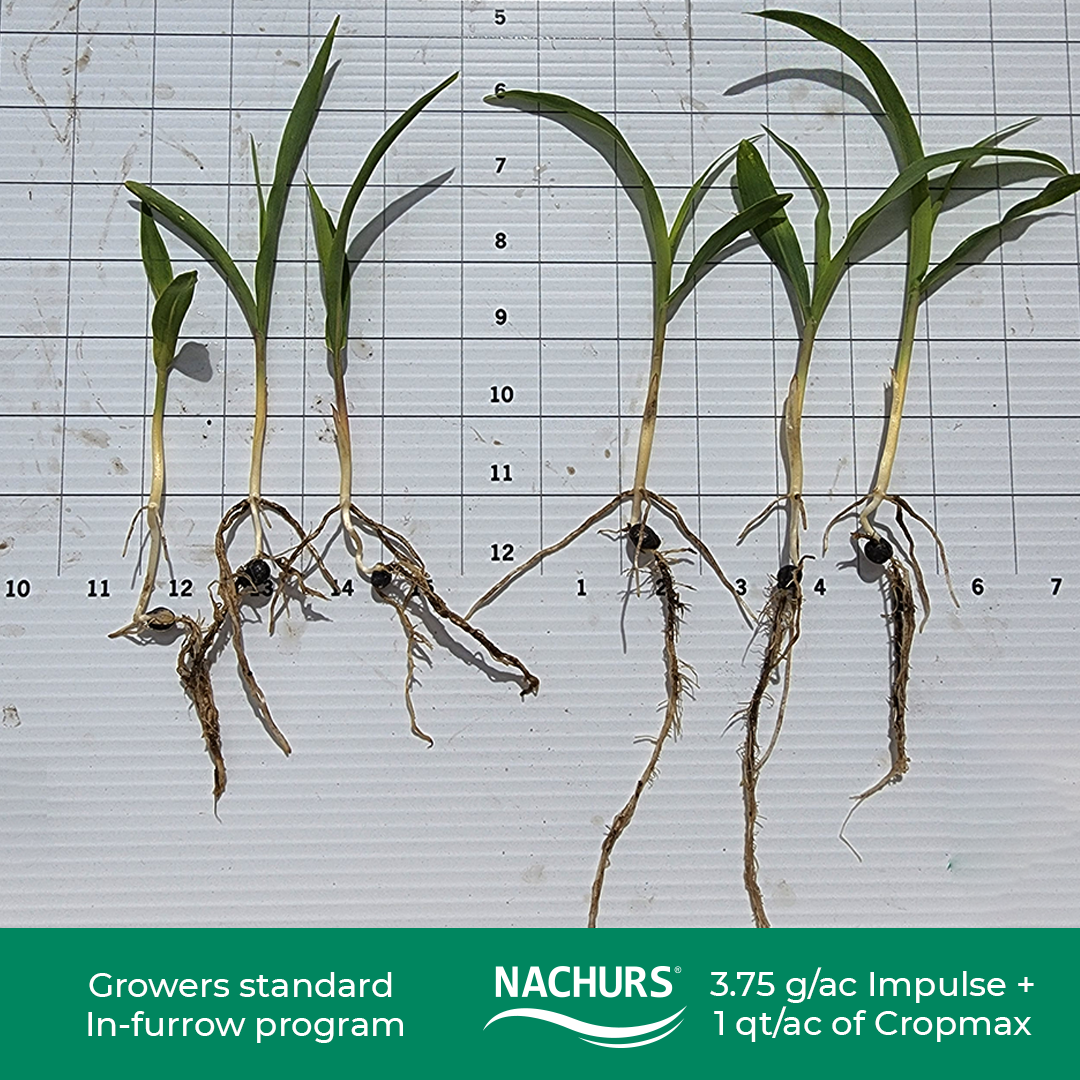AgroInsights- Micronutrients
The benefit of using micronutrients to help macronutrients work efficiently and impact the plants at the highest possible level.

Blake Sutton, Sales Agronomist US East
It's that time of the year again, and planting Is well underway for many areas in the east region. Warm temperatures peeked their head out long enough to get everyone Itching to go to the field, and away we went. Although we have had some recent low temperatures, warmer weather Is back and, hopefully, here to stay. With the main crops going into the ground being corn and soybeans, other crops are also following along and will be planted soon. Regardless of the crop being planted, one constant thing is the need for fertilizer, not just nitrogen, phosphorous, and potassium. We know that a good starter fertilizer is vital in giving crops the head start they need to produce higher yields and manage stress. While we tend to think of the macronutrients in this application, let’s not leave out some of the micronutrients that have a significant role.
Micronutrients such as boron, copper, manganese, molybdenum, and zinc are crucial to providing a complete fertilizer package. These micronutrients are essential to helping our macronutrients work efficiently and impact our plants the most. Micronutrients are also necessary for many vital processes In the plant, such as nitrogen fixation and transformation, photosynthesis, cell division, and metabolic processes, to name a few. When these micronutrients are deficient, we are not providing our plants with everything It needs for success and limiting yield potential. Not only are we limiting our yield potential, but the efficiency of other nutrients we spend money on is also being decreased and not working to the full potential. Including a micronutrient package with our starter fertilizers helps to provide these nutrients early to the plant and is ready to be used.
NACHURS CropMax® is a premium blend of micronutrients that can be used for soil applications at planting, seeding, or side-dress. CropMax contains several micronutrients, which are all key for many plant processes to ensure. It has what It needs for maximum production. These micronutrients Include Boron, Copper, Iron, Zinc, Manganese, and Molybdenum. Another essential factor of this blend Is that it is manufactured with 100% fully EDTA-chelated copper, manganese, iron, and zine. All these micronutrients are 100% available to the plant, preventing soil tie-up. CropMax can also be used on various crops that benefit from these critical micronutrients.
It’s almost a no-brainer to add CropMax to fertilizer programs and have the peace of mind that our crops are getting the vital essential micronutrients it needs for the maximum yield. We always think of our macronutrients when we hit the field, but let’s not forget the micronutrients that work together and play an important part. By ensuring our crops get the complete fertility they need, we will have them yield to the max!
Talk to your local NACHURS sales manager for more information.
Pictures below:















